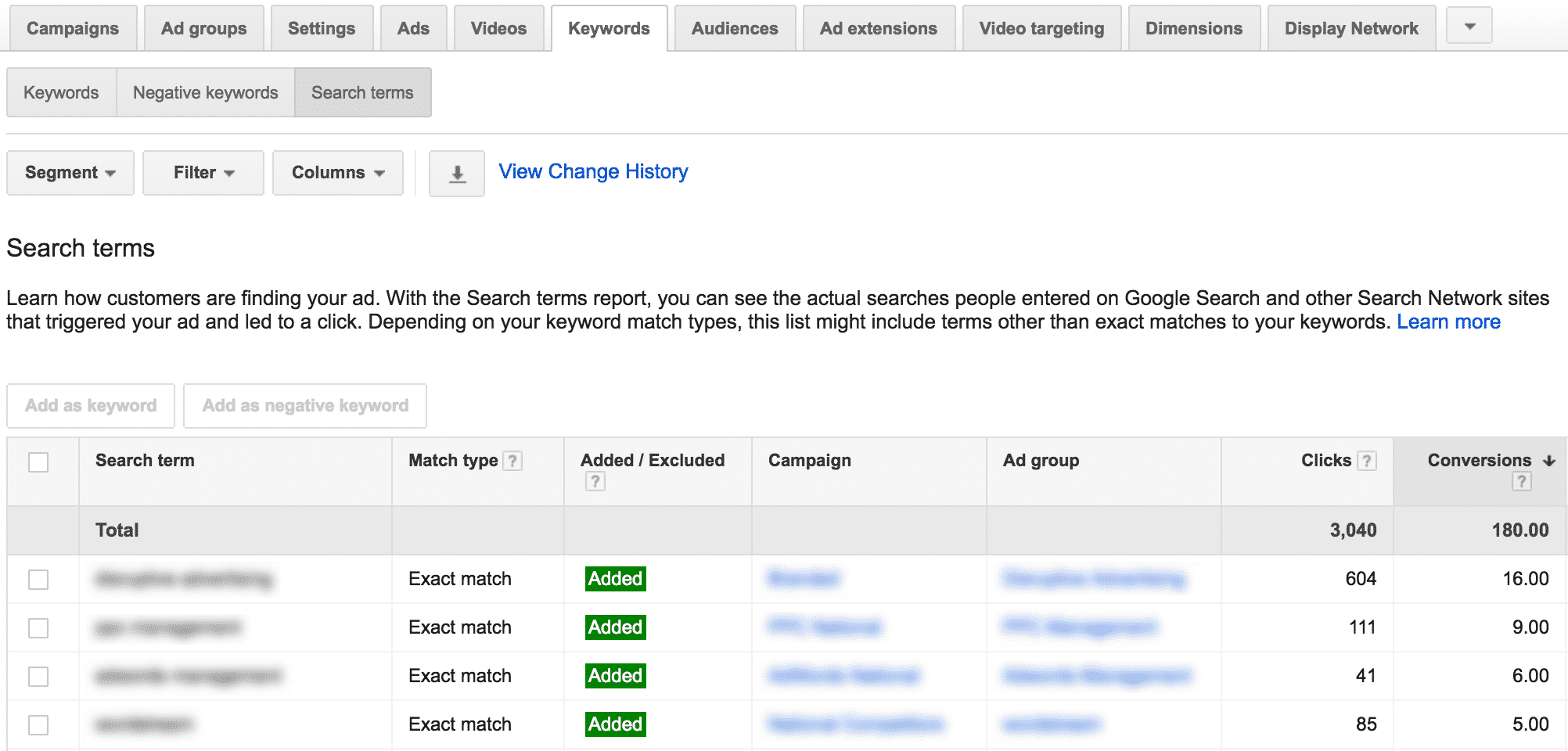It's not surprising that many businesses are emphasizing SMS services and assistance in light of modern technological developments. Companies are aware they would be making a mistake if they relied on email and social media to get their messages through to customers.
They should not ignore traditional methods of contact like mail and phone. Although short message service (SMS) may be an effective channel for communicating with clients, the most powerful marketing campaigns include a range of channels.
One of the most essential and underappreciated communication channels is the regular letter and package delivery to clients. The positives exceed the downsides, yet it does have some, just like any other media. Validity checking of addresses was seen as a significant drawback. However, this problem and several other drawbacks have been resolved via a potent tool: bulk postal validation.
The definition of Bulk Postal Validation
All uploaded addresses are checked against the USPS database to ensure they are valid and in use, formatted according to USPS standards, and corrected for errors.
There are several advantages to using an API to validate an address, such as reducing the risk of fraud, improving the efficiency and effectiveness of marketing campaigns, and lowering operational costs. Companies in every sector, from debt resolution to advertising to banking and beyond, might use such services.
Advantages of Bulk Postal Validation
Verifying addresses in bulk has several advantages for organizations, including accurate client data and the ability to take advantage of new opportunities. Validating addresses in bulk does more than ensure they are proper and consistent. Companies may accomplish a wide variety of marketing and communication tasks with the help of the tools provided by verification software.
Customers may obtain return data such as census, geolocation, and legislative data when using address verification services, in addition to letting companies know which addresses are correct. High-traffic commercial and residential locations also have associated names in the database.
Address verification is not a cookie-cutter solution since different businesses have different needs. This situation raises the question of how well it integrates and scales. Whether it's for mass uploads, batch processing, or anything else, verification software may be easily adapted to meet the demands of any organization, no matter how big or small it is now or grows to be in the future.
In addition to the three processes mentioned above, bulk address verification services contain a plethora of helpful extras, such as the Residential Delivery Indicator (RDI), Intelligent Mail Barcode Generator (IMBG), POSTNET, and USPS Delivery Point Validation (DPV).
However, although address validation is the core function of bulk address validation, there are other uses. Since then, it has grown to provide a more all-encompassing customer validation experience, arming users with all the data they need to personalize their service experience and ensure clients always contact them.
Triple-Check Method for Validation
Address validator APIs provide more than only verification services, despite what their name would indicate. They provide all-encompassing address services using a three-pronged standardization, rectification, and validation strategy. APIs verify the correctness of addresses by checking them against the official USPS database and updating them if necessary to conform to USPS standards for mailing.
Therefore, PAV APIs are the most reliable means of guaranteeing the accuracy and use of your customers' postal addresses. They reduce the quantity of mail that is returned as undeliverable, which in turn increases your network. In addition to facilitating the speediest and most effective delivery of your company's mail and shipments, this method guarantees they will reach the correct location.

















